Reps. Carbajal, Brownley Back Inclusion of Morro Bay in New National Marine Sanctuary, Urge Feds to Endorse Coexistence of Sanctuary with Future Offshore Wind ProjectsCentral Coast lawmakers are asking Commerce Department to restore originally proposed northern boundaries for Chumash Heritage National Marine Sanctuary
Morro Bay,
February 26, 2024
Tags:
Environment and Energy
Lawmakers: “we encourage you to clarify that transmission cables needed for future offshore wind development may be permitted within the sanctuary”
Congressman Salud Carbajal (CA-24) and Congresswoman Julia Brownley (CA-26) are urging federal officials at the National Oceanic and Atmospheric Administration (NOAA) to finalize the proposed Chumash Heritage National Marine Sanctuary with a larger footprint than the most recent federally proposed alternative, and that the final designation includes parameters that recognize the need for coexistence with future offshore wind development and ensure that the sanctuary can serve as a model for co-stewardship with local indigenous communities. “Finalizing the designation of the Chumash Heritage National Marine Sanctuary would fulfill many of our mutual ecological and economic priorities to continue to protect our treasured natural resources for generations to come, while advancing renewable energy and maintaining sustainable access for commercial and recreational fishing,” the lawmakers wrote. “As you move towards final designation in 2024, we encourage you to select the initial Boundary Alternative with the Gaviota Coast Extension.” The initial proposed boundary for the sanctuary stretched from the bottom of the existing Monterey Bay National Marine Sanctuary, north of Morro Bay, to the Gaviota Coast in Santa Barbara County. In a letter to U.S. Department of Commerce Secretary Gina Raimondo, the Central Coast lawmakers are urging the final sanctuary to keep to the initially-proposed northern boundaries, including Morro Bay, as well as the Gaviota Coast extension. “We recommend selection of the Initial Boundary Alternative with the understanding that future offshore wind developments will likely require allowing transmission lines through Sanctuary waters and that care should be taken to avoid, reduce, or mitigate environmental impacts to ocean resources associated with this development,” the lawmakers said, urging the federal officials at the National Oceanic and Atmospheric Administration to “clarify that transmission cables needed for future offshore wind development may be permitted within the sanctuary and to continue to be inclusive in engaging all stakeholders.” The lawmakers also emphasize the milestone the Chumash Heritage National Marine Sanctuary would be for federal cooperation with indigenous communities, as the sanctuary was the first ever proposed by an indigenous organization and would have co-stewardship with Central Coast tribes. “Indigenous communities have always been a part of this ecosystem, and the Chumash people should be key partners in stewarding the new sanctuary into the future.. Advancing this designation would also protect submerged historical and cultural resources, including 40 known historic shipwrecks in the region,” the lawmakers wrote. Rep. Carbajal has been an advocate for both the Chumash Heritage National Marine Sanctuary and development of floating offshore wind off the Central Coast. As a result of lobbying efforts by these lawmakers and other local stakeholders and officials, including through Rep. Carbajal’s Offshore Wind Working Group, Carbajal and Biden Administration leaders unveiled an agreement in May 2021 to allow offshore wind development off the coast of Morro Bay, with lease sites auctioned in December 2022 for more than $400 million. Carbajal and Brownley were also advocates for the marine sanctuary, which formally moved the proposed sanctuary into the designation phase in November 2021. In 2020, Carbajal, Feinstein, and then-Senator Kamala Harris successfully secured an extension of the proposed sanctuary from the Trump Administration, keeping the process alive for enough time for the Biden-Harris Administration to move forward with the designation process in 2021 without needing to review a new proposal. Last year, the U.S. Bureau of Ocean Energy Management completed its environmental review of the proposed offshore wind leases in Morro Bay and issued a report saying it found no significant potential impacts on Central Coast ecosystems. The full letter to the Department of Commerce can be found here. |



